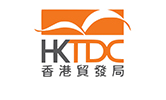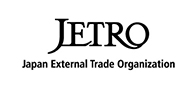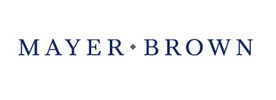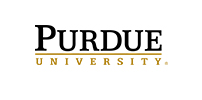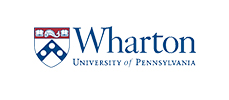Key Findings:
- Plunkett Research analyzes the top trends changing the industry, and provides in-depth industry statistics. In addition, this publication profiles the top 150 companies in Education, EdTech & MOOCs industry.
Available Formats:
- Printed Almanac: ISBN 978-1-62831-571-4 (Available Now)
- E-book: ISBN 978-1-62831-916-3 (Available Now)
- Plunkett Research Online (Subscribers)
Key Features Include:
- Industry trends analysis, market data and competitive intelligence
- Market forecasts and Industry Statistics
- Industry Associations and Professional Societies List
- In-Depth Profiles of hundreds of leading companies
- Industry Glossary
- Link to our 5-minute video overview of this industry
Pages: 248
Statistical Tables Provided: 11
Companies Profiled: 158
Geographic Focus: Global
Price: $379.99
Key Questions Answered Include:
- How is the industry evolving?
- How is the industry being shaped by new technologies?
- How is demand growing in emerging markets and mature economies?
- What is the size of the market now and in the future?
- What are the financial results of the leading companies?
- What are the names and titles of top executives?
- What are the top companies and what are their revenues?
This feature-rich book covers competitive intelligence, market research and business analysis—everything you need to know about the Education, EdTech (Education Technology) & MOOCs business including:
- Introduction to the Education, EdTech (Education Technology) & MOOCs Industry
- The Coronavirus’ Effect on Education
- Corporate Training and Adult Education Markets Continue to Grow Worldwide
- Tuition Assistance for Employees Is Spent at Online Universities
- Education in Emerging Nations Faces Unique Challenges
- A Wide Range of Software to Enhance Learning and Improve Education’s Cost-Effectiveness Is Offered by Large Firms and Startups Alike
- Adaptive Learning Technology Adjusts Classroom Pace to Each Individual Student’s Ability
- Innovative Companies Score Big Successes in Adult and Leisure Learning Online
- Affordable Degrees Are Served Up Online and in Hybrid (“Blended Education”) Models
- Charter Schools Post Growth, Create Controversy as Traditional School Alternatives
- Technology and the Internet Enable Virtual Schools, Ranging from Virtual Public Charter Schools to Online Universities
- The Internet Enables the Flipped Classroom, Pioneered by Khan Academy Tutorials
- MOOCs, Massive Open Online Courses: Startups Seek Elusive Profits
- U.S. and U.K. Universities Serve Up Education to Foreigners/Private Schools Grow Rapidly Outside the U.S.
- Gamification: Games Technology Boosts Education and Training
- The Future of Education
EdTech (Education Technology) & MOOCs Industry Statistics
- U.S. Education Statistics and Market Size Overview
- Global Education Statistics and Market Size Overview
- School Enrollment of the Population 3 Years Old and Over, by Level of School, U.S.: 1964-2019
- U.S. Population Age 25 and Older, by Educational Attainment: 1940-2020
- PreK-12th Grade Student Enrollment, By School Level & Race/Ethnicity, U.S.: Selected Years, 1995-2019
- Number & Percent Distribution of Public Elementary & Secondary Students & Schools, By Traditional or Charter School Status & Selected Characteristics: 2000-2001 & 2018-2019
- Total & Current Expenditures Per Pupil in Public Elementary & Secondary Schools, U.S.: Selected Years, 1919-2020
- Total Fall Enrollment in Degree-Granting Postsecondary Institutions, U.S.: 1967-2019
- Average Annual Costs for Full-Time Undergraduates at Degree-Granting Post-Secondary Institutions: 1969-2020
- Educational Services Industry Revenue, U.S.: 2015-2020
- Employment in Education Occupations, U.S.: May 2020
Companies Mentioned Include:
- Apollo Education Group Inc
- Broadview Institute Inc
- Franklin Covey Co
- DeVry Education Group Inc
- ECollege.com Inc
- iLinc Communications Inc
- HealthStream Inc
- Instructivision Inc
- Cengage Learning
- Edmentum Inc



